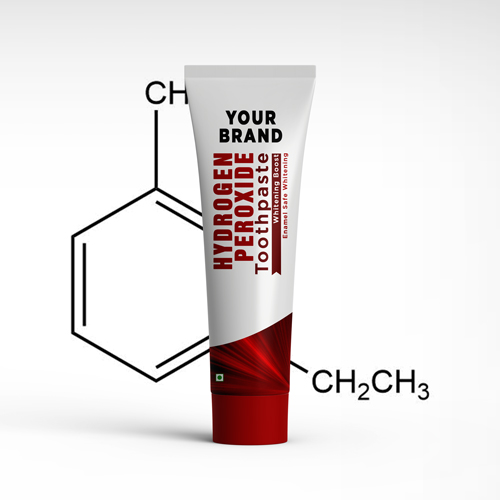Crooked Teeth: Fixing Smiles Easily
Crooked teeth can significantly impact an individual’s self-confidence and overall oral health. The good news is that modern dentistry offers a wide range of solutions to address this common issue. From traditional orthodontic treatments to cutting-edge cosmetic dentistry procedures, there are numerous options available to help individuals achieve a straighter, healthier smile.
One of the most significant advancements in orthodontic treatment is the development of clear aligners. These removable, translucent trays are custom-made to fit an individual’s teeth and are designed to gently guide them into proper alignment. Clear aligners are not only more aesthetically pleasing than traditional metal braces but also offer greater comfort and convenience. With the ability to remove them for eating, brushing, and flossing, clear aligners have become a popular choice for individuals seeking a more discreet and flexible orthodontic solution.
In addition to clear aligners, traditional metal braces remain a highly effective option for addressing crooked teeth. Modern metal braces are smaller, more efficient, and more comfortable than their predecessors, with advancements in bracket design and archwire technology allowing for faster treatment times and more precise results. Furthermore, the development of ceramic braces and lingual braces has expanded the range of options available, offering individuals a choice of materials and placements that can be tailored to their unique needs and preferences.
Beyond orthodontic treatments, cosmetic dentistry offers a range of procedures that can help address the appearance of crooked teeth. Dental veneers, for example, are thin layers of porcelain or composite resin that are bonded to the front of teeth to improve their shape, size, and color. Veneers can be used to straighten the appearance of teeth, close gaps, and even out the overall shape of the smile. Similarly, dental bonding involves the application of a tooth-colored resin to repair and reshape teeth, providing a quick and effective solution for minor alignment issues.
Historical Evolution of Orthodontic Treatments
The history of orthodontic treatment dates back thousands of years, with evidence of ancient civilizations using various materials and techniques to straighten teeth. In ancient Egypt, for example, archaeological findings have revealed the use of gold wire to create makeshift braces. Similarly, in ancient Greece and Rome, physicians and dentists used a range of materials, including metal and animal intestine, to create orthodontic appliances.
The modern era of orthodontics, however, began to take shape in the late 19th and early 20th centuries, with the development of the first orthodontic braces by Edward Hartley Angle. Angle’s innovative design, which featured a combination of brackets, bands, and wires, laid the foundation for the modern orthodontic treatments we know today.
Comparative Analysis of Orthodontic Options
When it comes to choosing an orthodontic treatment, there are several factors to consider. The following comparison of popular options can help individuals make an informed decision:
| Treatment Option | Duration | Cost | Aesthetics | Comfort |
|---|---|---|---|---|
| Clear Aligners | 12-18 months | 3,000-8,000 | Highly aesthetic | High |
| Metal Braces | 12-36 months | 2,000-6,000 | Less aesthetic | Medium |
| Ceramic Braces | 12-36 months | 3,000-7,000 | More aesthetic than metal | Medium |
| Lingual Braces | 12-36 months | 5,000-10,000 | Highly aesthetic | Low |
It’s essential to note that the duration, cost, and aesthetics of each treatment option can vary depending on individual circumstances and the expertise of the treating dentist or orthodontist.
Future Trends in Orthodontics
As technology continues to advance, the field of orthodontics is poised for significant changes. One of the most exciting developments on the horizon is the integration of artificial intelligence (AI) and machine learning (ML) into orthodontic treatments. AI-powered software, for example, can help dentists and orthodontists create more precise treatment plans, predict outcomes, and even simulate the movement of teeth during treatment.
Another area of innovation is the development of new materials and technologies, such as 3D printing and nanotechnology, which are being explored for their potential to create more efficient, comfortable, and effective orthodontic appliances.
What is the best age to get orthodontic treatment?
+The ideal age for orthodontic treatment varies depending on the individual and the type of treatment. Children as young as 7-8 years old can benefit from early intervention, while adults of any age can undergo treatment to improve their smile and oral health.
How long does orthodontic treatment take?
+Treatment duration varies depending on the complexity of the case and the type of treatment. On average, orthodontic treatment can last anywhere from 12-36 months.
Is orthodontic treatment painful?
+While orthodontic treatment may cause some discomfort, especially during the initial stages, most people find it manageable. Modern treatments and technologies have significantly reduced the level of discomfort associated with orthodontic care.
In conclusion, crooked teeth are a common issue that can be addressed through a variety of orthodontic treatments and cosmetic dentistry procedures. With the range of options available, individuals can choose the solution that best meets their unique needs, lifestyle, and budget. By understanding the different treatment options, their advantages, and their limitations, individuals can make informed decisions and take the first step towards achieving a healthier, more confident smile.
